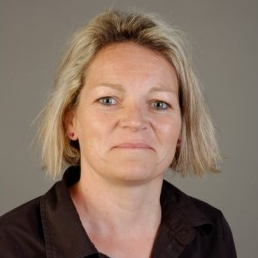Exclusive Feature Papers in Microwave Chemistry
A special issue of Molecules (ISSN 1420-3049). This special issue belongs to the section "Microwave Chemistry".
Deadline for manuscript submissions: closed (31 March 2022) | Viewed by 5873
Special Issue Editor
Interests: green extraction; alternative solvent; natural products
Special Issues, Collections and Topics in MDPI journals
Special Issue Information
Dear Colleagues,
We are pleased to announce the Special Issue entitled “Exclusive Feature Papers in Microwave Chemistry”. This is a collection of important high-quality papers (original research articles or comprehensive review papers) published in open access format by Editorial Board Members or prominent scholars invited by the Editorial Office and the Guest Editors. This Special Issue aims to discuss new knowledge or new cutting-edge developments in the microwave chemistry field through selected works, in the hope of making a great contribution to the community. We intend for this issue to be the best forum for disseminating excellent research findings as well as sharing innovative ideas in the field.
Dr. Maryline Abert-Vian
Guest Editor
Manuscript Submission Information
Manuscripts should be submitted online at www.mdpi.com by registering and logging in to this website. Once you are registered, click here to go to the submission form. Manuscripts can be submitted until the deadline. All submissions that pass pre-check are peer-reviewed. Accepted papers will be published continuously in the journal (as soon as accepted) and will be listed together on the special issue website. Research articles, review articles as well as short communications are invited. For planned papers, a title and short abstract (about 100 words) can be sent to the Editorial Office for announcement on this website.
Submitted manuscripts should not have been published previously, nor be under consideration for publication elsewhere (except conference proceedings papers). All manuscripts are thoroughly refereed through a single-blind peer-review process. A guide for authors and other relevant information for submission of manuscripts is available on the Instructions for Authors page. Molecules is an international peer-reviewed open access semimonthly journal published by MDPI.
Please visit the Instructions for Authors page before submitting a manuscript. The Article Processing Charge (APC) for publication in this open access journal is 2700 CHF (Swiss Francs). Submitted papers should be well formatted and use good English. Authors may use MDPI's English editing service prior to publication or during author revisions.
Keywords
- microwave-assisted extraction (MAE)
- drying process
- natural products
- synthesis
- intensification






